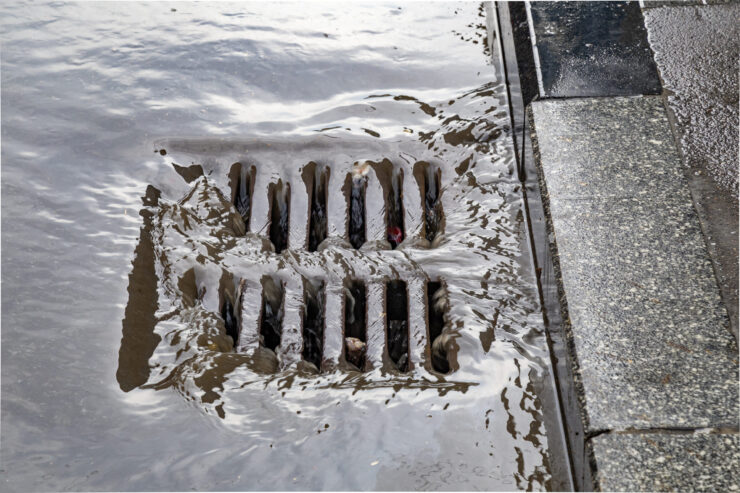Exploring gender through drag
The University of Ottawa and student associations on campus celebrated Pride Week last week from Nov. 14 to Nov. 20, with activities aimed to increase the visibility of the LGBTQ2A+ community. With drag shows in between sports games, workshops on pronouns and drag makeup, and fun nights of trivia and karaoke, the University showed its solidarity with the LGBTQ2A+ community.
Drag shows shined throughout the U of O’s Pride Week. They made their appearance throughout the Gees’ sports games, at the Lookout Bar in the ByWard Market, and at SAW Gallery. These unique performances celebrate gender fluidity and the LGBTQ2A+ community.
Although drag shows have recently become popularized on campuses and within mainstream culture, the art of drag has always existed. Historically, drag made its mark in Shakespearean theatre performances all the way to vaudeville shows.
Drag shows are often defined by drag queens and kings dressing in dramatic colours, makeup, and clothing. Their performances are usually a mixture of dance and lip-syncing to music. These shows are highly entertaining while acting as a form of self-expression for performers. They explore the limits of gender by exaggerating gender norms through appearances.
By exploring gendered appearances, drag plays an important political function in questioning the gender binary. Oftentimes, drag queens and kings will break down our barriers with humour, allowing us to relax our hard adherence to traditional masculine and feminine representations. Drag shows celebrate the LGBTQ2A+ community as they imply that gender should be an expression of freedom, rather than of social restriction.
Drag is a multidisciplinary art form that brings together elements of theatre, music, fashion, dance, and makeup. As drag queens and kings search for the best ways to please the audience, they introspect and, at times, they emerge with egos or alter-egos, exposing audiences to different gendered perspectives.
For Claire Park, an executive member of the U of O Pride Club, drag performances are a “fun way and such an interesting way to play with gender and expression.”
They reference Judith Butler’s notion of gender performativity, where gender is constructed through a series of repeated gendered actions. Park relates this theory to drag performances, stating that “it’s very interesting to see such a literal take on performing gender [in drag shows], because even if we’re not aware of it, we’re always performing.”
Drag breaks down the barriers of strict binaries, gender roles, and norms. Through exaggeration, drag demands the viewer to reflect on the significance of our hardened notions of femininity and masculinity. The extraordinary performances put on by drag queens and kings make us realize that perhaps, as said by RuPaul Charles, “we’re all born naked and the rest is drag.”






